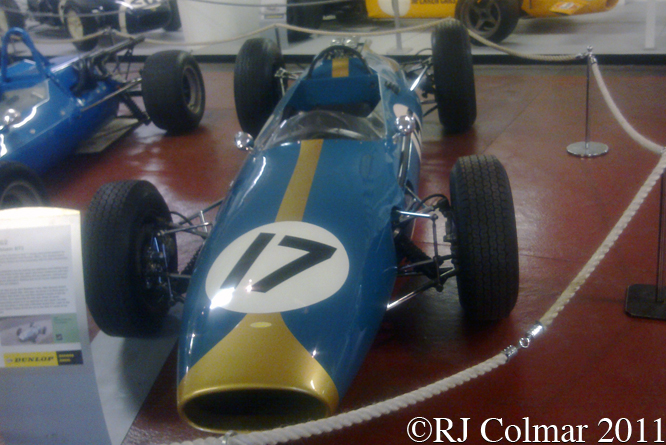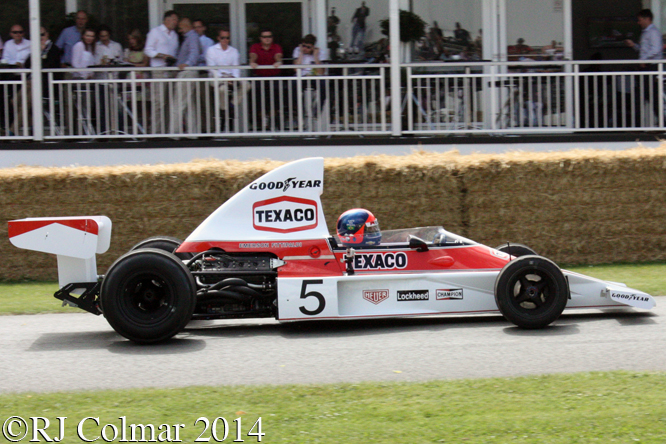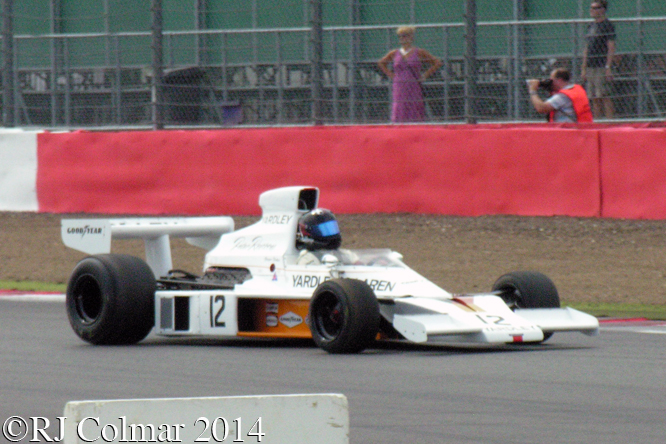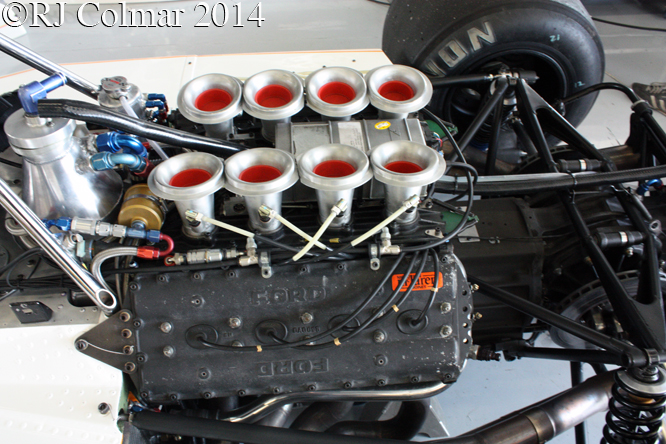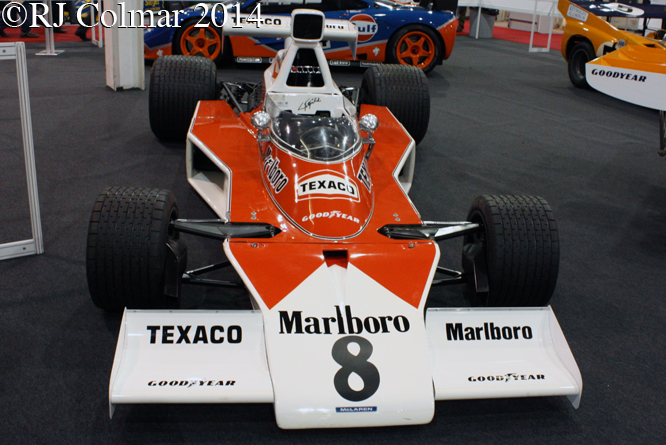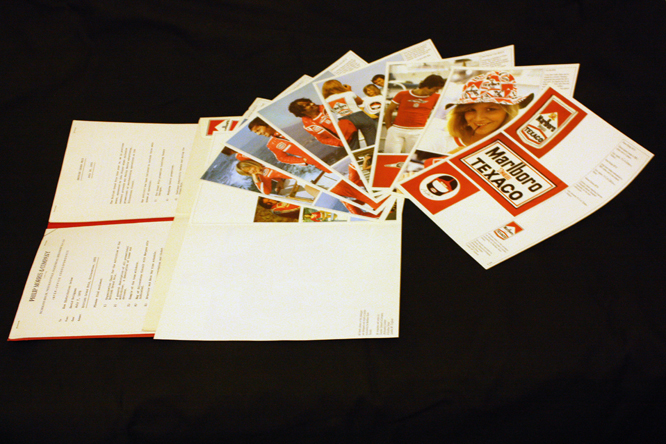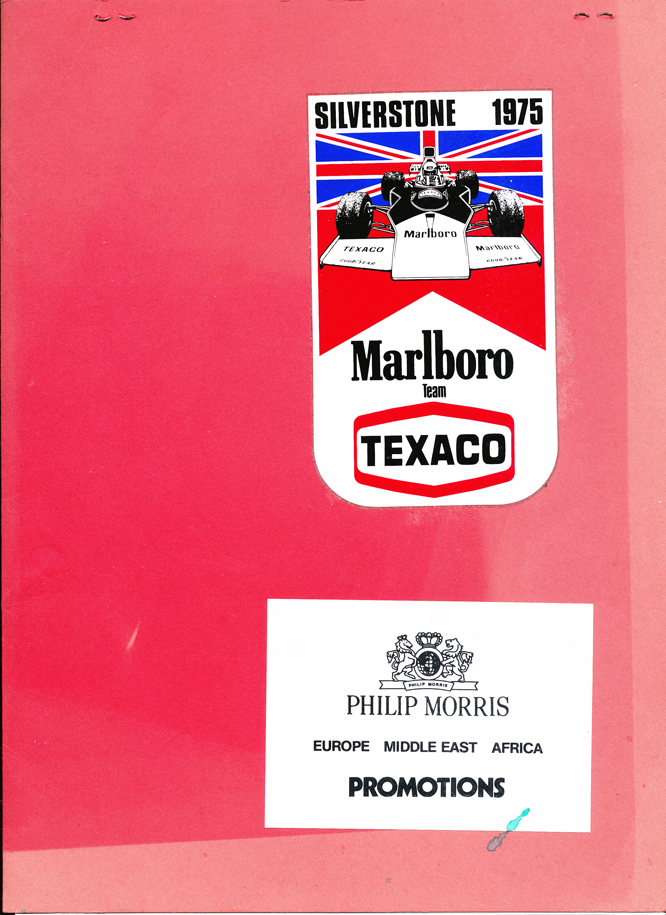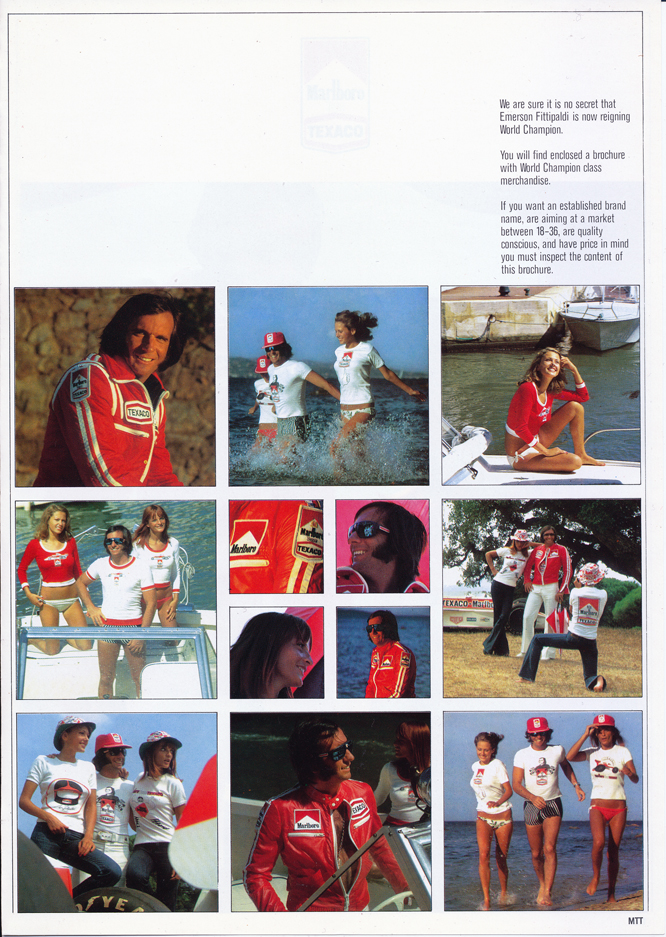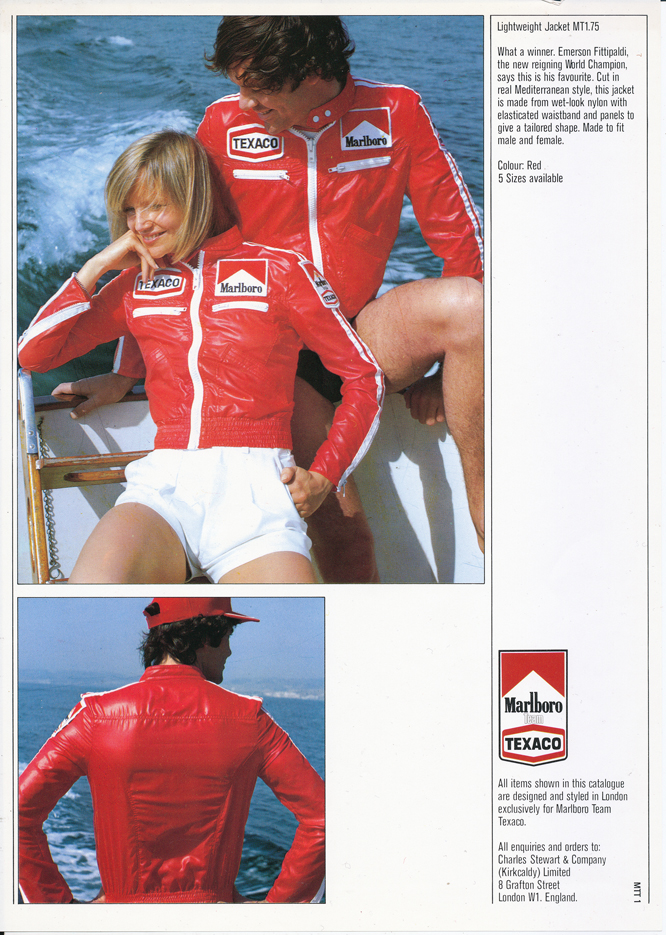Last month Geoffrey Horton kindly asked Karl Krause to take some photo’s of the Rolex Monterey Motorsports Reunion festivities at Laguna Seca, I’ll be running a couple of blogs featuring a selection of the vehicles that were present starting with five American vehicles and one from Canada today.
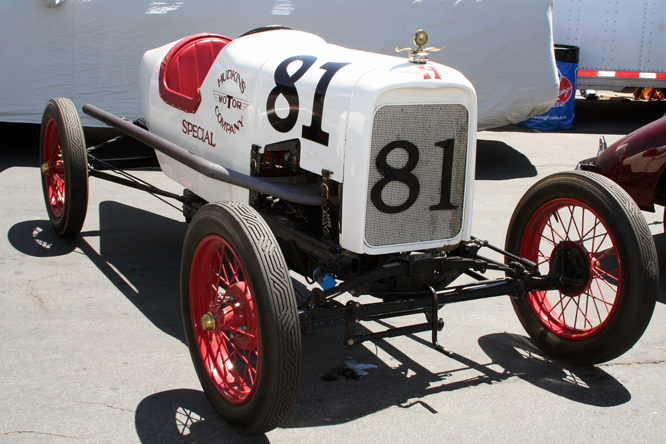
First up is a the #81 1922 Ford Model T Speedster known as the Hudkins MoTor Special in deference to Bruce Hudkins who built the immaculate boat tail body.

Fast forward 31 years to 1953 when a pioneering Hot Rodder Akton Miller took it upon himself to build the #11 “Caballo de Hiero”, Iron Horse, above using a Ford Chassis and an Oldsmobile motor to take on the might of Europe from Lancia, Ferrari, Talbot Lago and Jaguar in the 1953 Carrera Panamerica in which he and co driver Douglas Harrison finished a respectable 14th overall, the following year they returned and came home an even better 7th overall covering the 1921 mile route at an average speed of 94.1 miles per hour.

In the late 1950’s BOb CARnes set out to design and build the fastest and safest sports car in the world that would be both fully operable on ordinary roads and track, at a price within the reach of ordinary people. By 1959 he was on his 5th design the XP5 like the example owned by Wesley Abendroth above which I believe is chassis XP5043, that when powered by a 290 hp Corvette V8 was easily capable of 160 mph.
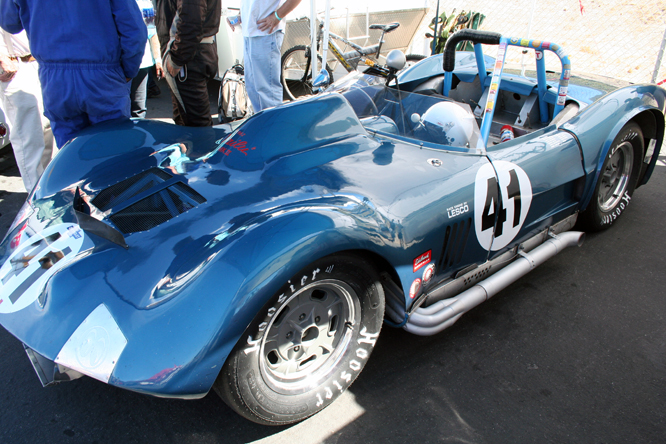
Even more obscure and rare than the Bocar XP5 is Greg Meyer’s Dailu Mk2 built by DAvId Greenblatt and LUigi Cassiani in Canada. After the pair turned constructors and successfully built the Chevrolet powered Dailu Mk1 to improve upon Davids 1960 Sadler Mk IV, they built the Dailu Mk2 with a coupé fiberglass body, Jaguar XKE rear suspension, and a 430hp Ford Traco engine. John Canon drove it to victory on it’s debut and owner Peter Lerch continued the cars winning ways even after electing to remove the roof.

Probably best known of today’s featured cars is the Ford GT40 MkII chassis P/1015 which Ken Miles and Lloyd Ruby drove to victory on it’s debut in the 1966 Daytona 24 Hours and was then driven by Ken and Denny Hulme to a second place finish in the Le Mans 24 Hours, subsequent starts in the same events in 1967 yielded no finishes.

Fourteen years further down the line and Chris Cord Racing were entering the second of their DeKon Engineering built Chevrolet Monza’s for Jim Adams in the IMSA GTX series. Other drivers of chassis #1012, seen above now owned by Ken Epsman, in the 1980 – 81 time frame included team owner Chris Cord, Rick Koop and a chap, or these days I believe more correctly a chapess, called Bruce Jenner who is apparently a darling of the moment in the media .
My thanks to Geoffrey Horton for organising these photographs for me and to Karl Krause for their execution, more will follow next week.
Thanks for joining me on this “Americana” edition of “Gettin’ a li’l psycho on tyres” I hope you will join me again tomorrow when I’ll be looking at a 1975 World Constructors Winning Ferrari. Don’t forget to come back now !



